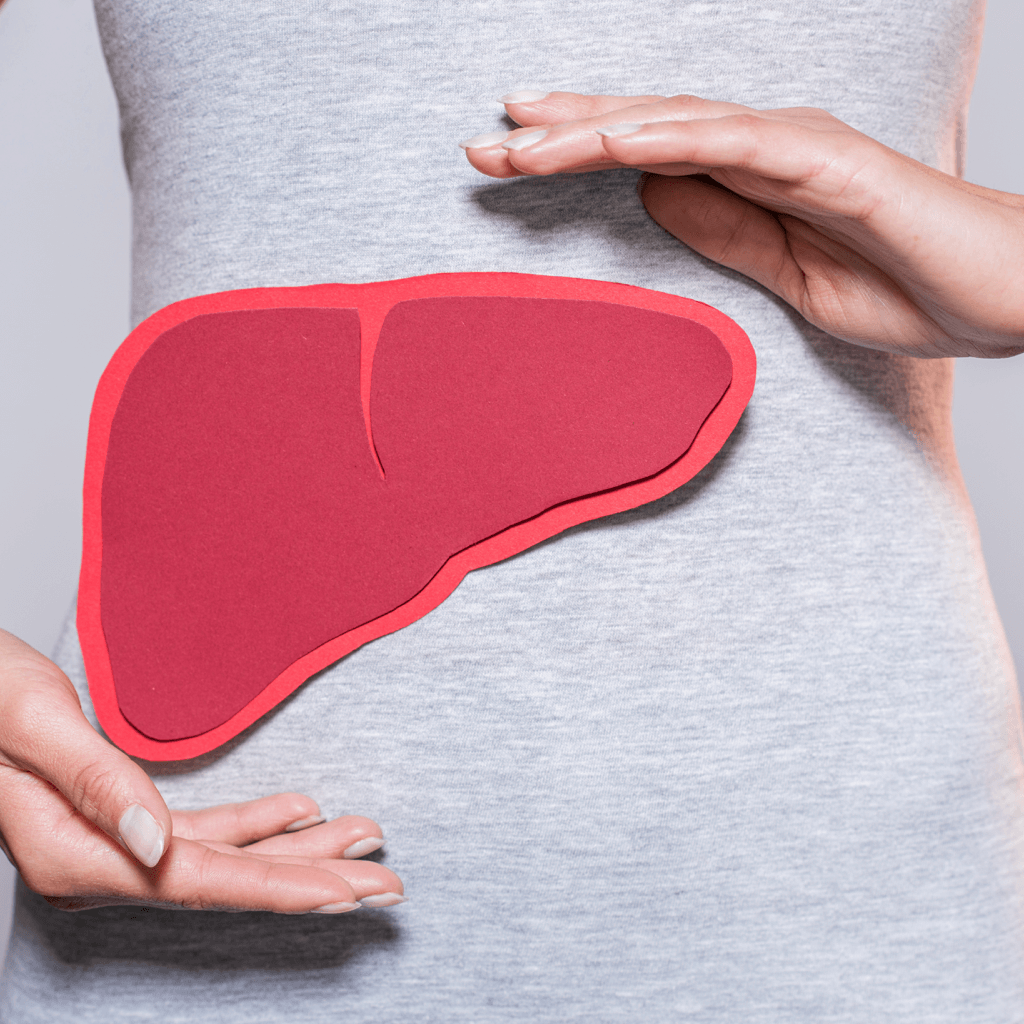What is fatty liver disease?
Fatty liver disease refers to both non-alcoholic and alcoholic fatty liver disease.3 Healthy livers have little to no build-up of fat.4 Non-alcoholic fatty liver disease (NAFLD) occurs in people who are typically obese or overweight1 and involves an unhealthy build-up of fat in the liver.4 Alcoholic fatty liver disease also develops as a result of fat build-up, but in this instance caused by high alcohol intake.2
How common is fatty liver disease?
Fatty liver disease is becoming an increasingly problematic condition. Non-alcoholic liver disease is estimated to affect 1 in 4 people worldwide.5 It is predicted that NAFLD will soon take over as the leading cause of end-stage liver disease and the need for liver transplantation.6
Who is at risk of developing fatty liver disease?
The risk of developing NAFLD is increased in people with obesity, type 2 diabetes, high blood pressure, high cholesterol, and those who smoke. People over the age of 50 are also at an increased risk.1 Children can also develop fatty liver disease, with statistics showing 1 in 10 children are affected, with obesity increasing the risk.7 The most important risk factor behind alcohol-related liver disease (ARLD) is alcohol2, with about 20% of heavy drinkers developing fatty liver disease.8
Progression from fatty liver disease to liver cirrhosis
For people with NAFLD, the progression of fatty liver disease to cirrhosis occurs in stages:1
- Firstly, unhealthy amounts of fat accumulate in the liver. This stage is called steatosis.
- Secondly, this fat build-up causes inflammation of the liver tissue. This stage is called steatohepatitis.
- Thirdly, the inflammation causes scarring of the liver due to inflammation. This stage is called fibrosis and can lead to the fourth stage.
- The fourth stage is cirrhosis. This happens when the liver becomes too scarred to function properly.
Progression to cirrhosis occurs in less than 5% of patients with NAFLD.9
Fatty liver disease in alcoholics can also progress to cirrhosis.2 About 10-15% of alcoholics will develop cirrhosis.8
Symptoms of fatty liver present late
NAFLD and ARLD typically cause vague symptoms or no symptoms at all in their early stages.1,2 The liver does not have pain receptors,10 and so pain is not typically a feature.
If cirrhosis develops, more noticeable symptoms may present, such as weight loss, jaundice, fluid build-up in the abdomen, and itch.1,2
Avoiding progression to liver cirrhosis
If liver disease is detected early, interventions can prevent it from worsening and developing into cirrhosis. 2 Making changes to your lifestyle can help prevent liver disease worsening. Your healthcare team may also suggest treatment for any healthcare problems related to liver disease or any complications arising from it.1
It is advisable for patients with NAFLD to eat a healthy diet, exercise regularly, stop smoking and maintain a healthy weight.1
Liver disease caused by alcohol is usually reversible if the person stops drinking.2 It is also advisable that patients with NAFLD stop drinking as alcohol can worsen their condition.1

The liver does not have pain receptors, and so pain is not typically a feature.
Additional Information
References
- NHS, Non-alcoholic fatty liver disease (NAFLD). Available at: https://www.nhs.uk/conditions/non-alcoholic-fatty-liver-disease/ (Last accessed: October 2020)
- NHS, Alcohol-related liver disease. Available at: https://www.nhs.uk/conditions/alcohol-related-liver-disease-arld/ (Last accessed: October 2020)
- S Mitra et al., Translational Gastroenterology and Hepatology. 2020; 5: 16
- British Liver Trust, Non-alcohol related fatty liver disease (NAFLD). Available at: https://britishlivertrust.org.uk/information-and-support/living-with-a-liver-condition/liver-conditions/non-alcohol-related-fatty-liver-disease/ (Last accessed: October 2020)
- Younossi et al., 2019; 69(6):2672-2682
- British Liver Trust, Statistics. Available at: https://britishlivertrust.org.uk/about-us/media-centre/statistics/ (Last accessed: October 2020)
- Children’s health, Fatty liver disease in children is on the rise Available at: https://www.childrens.com/health-wellness/fatty-liver-disease-in-children-on-the-rise (Last accessed: October 2020)
- Mann et al., Alcohol Research & Health. 2003;27(3): 209-219.
- Weiß et al., Dtsch Arztebl Int. 2014;111(26):447-52.
- University Health News Daily, Liver Pain: What It Could Mean. Available at: https://universityhealthnews.com/daily/digestive-health/liver-pain-what-it-could-mean/ (Last accessed: October 2020)
May 2021. GL-HEP-XIF-2000177




